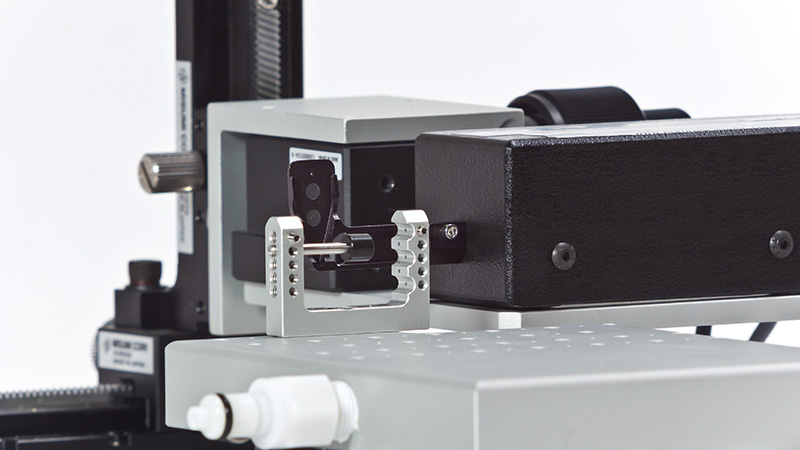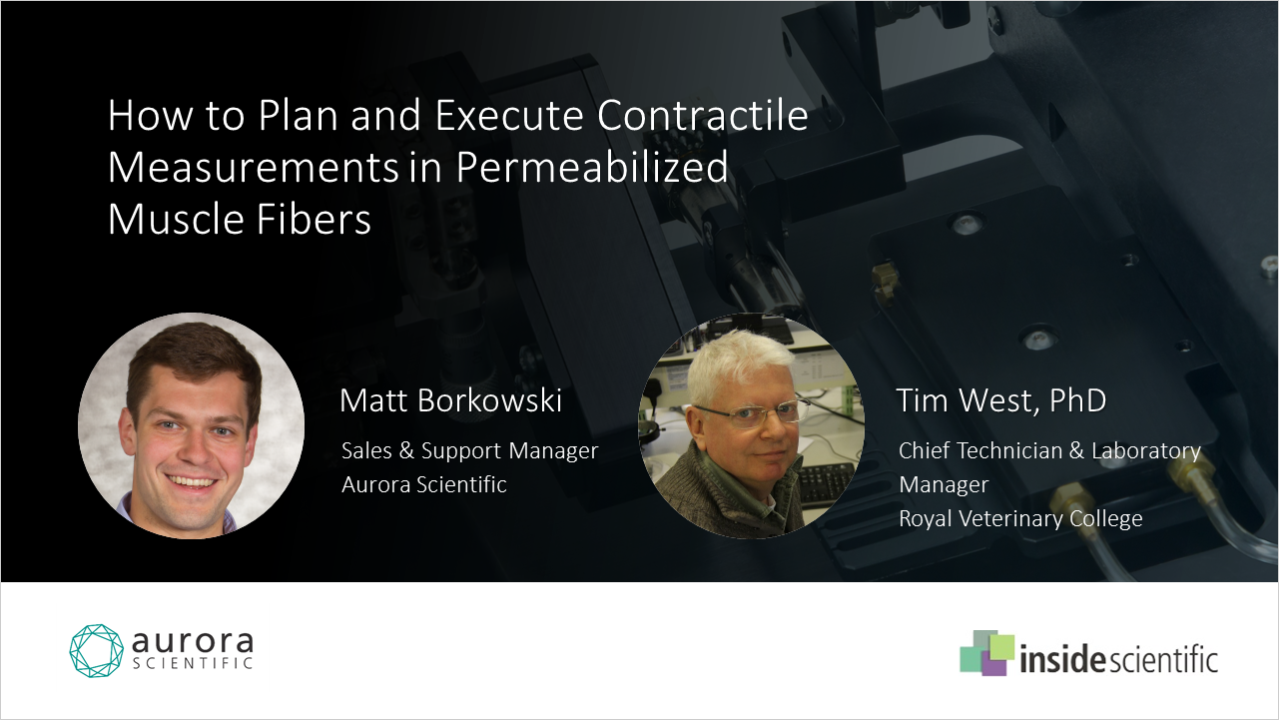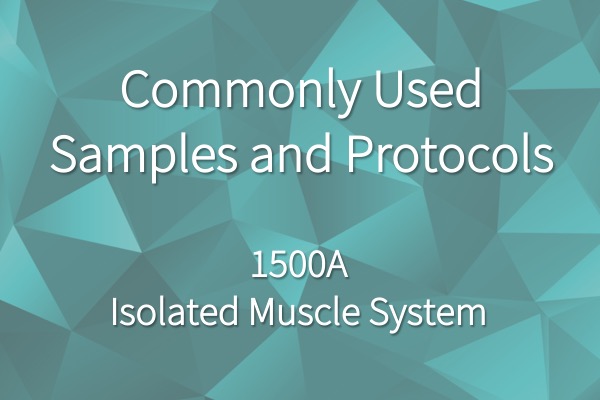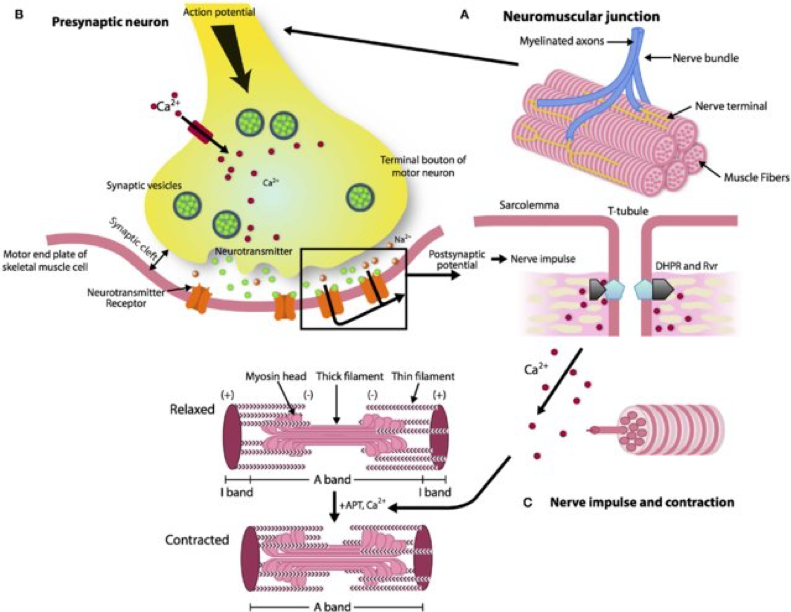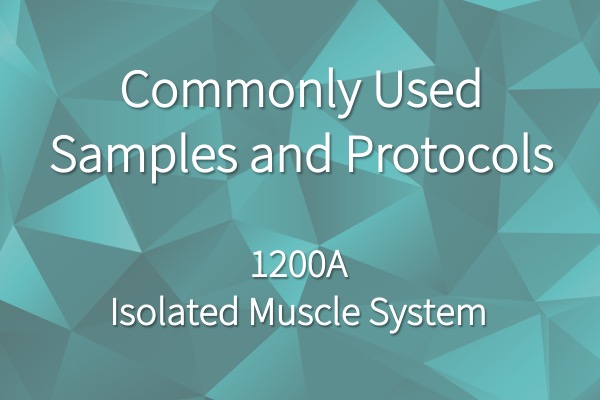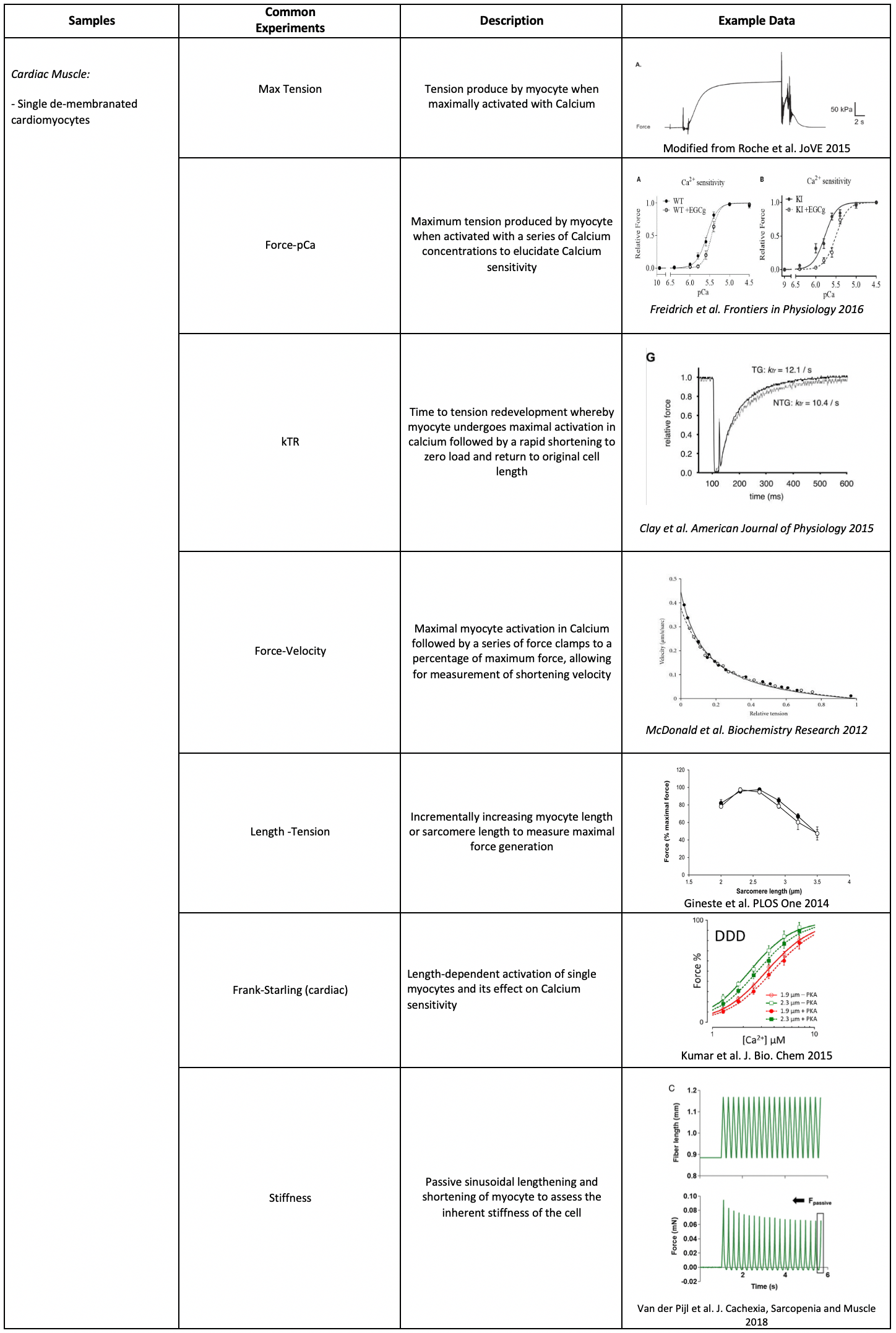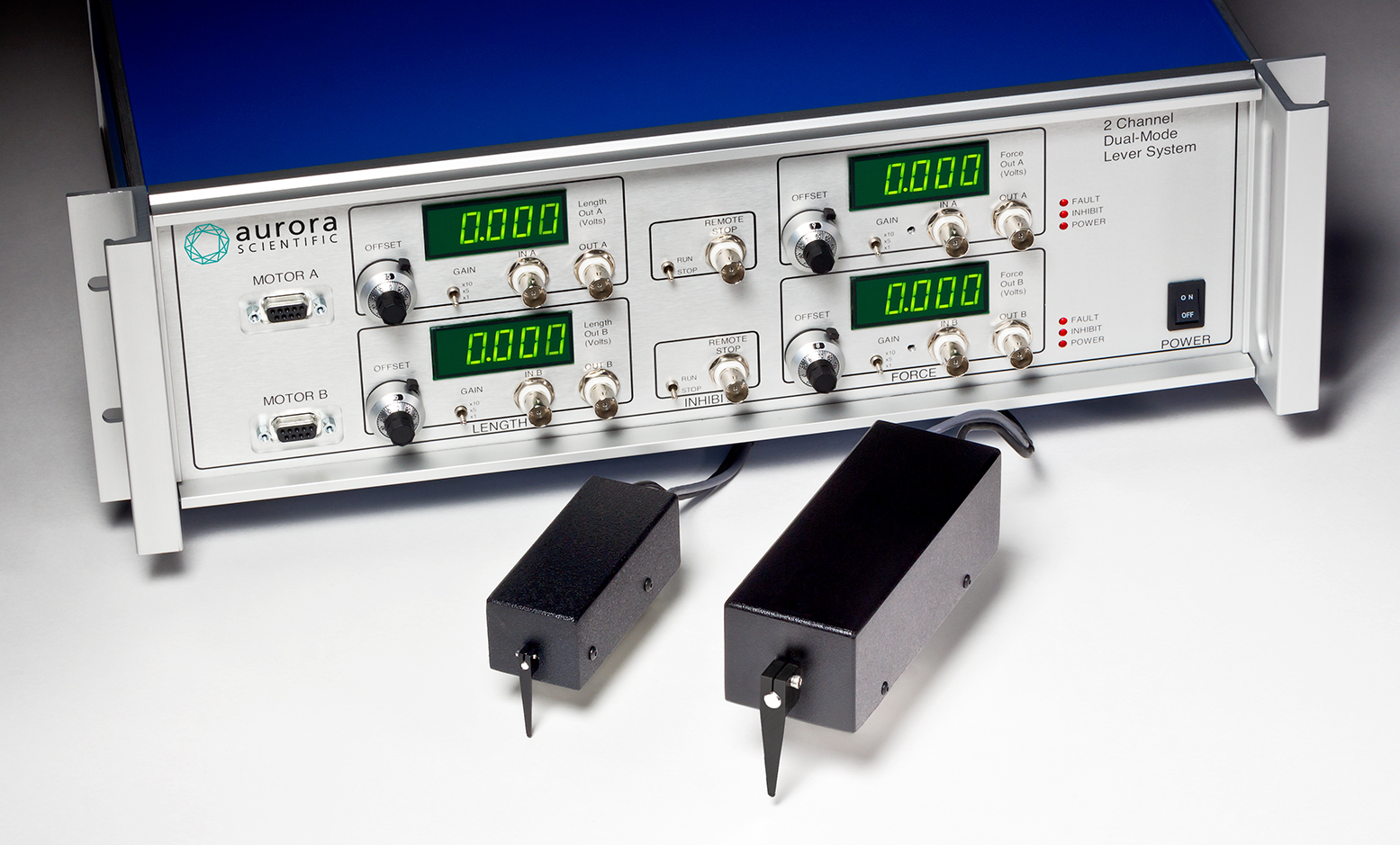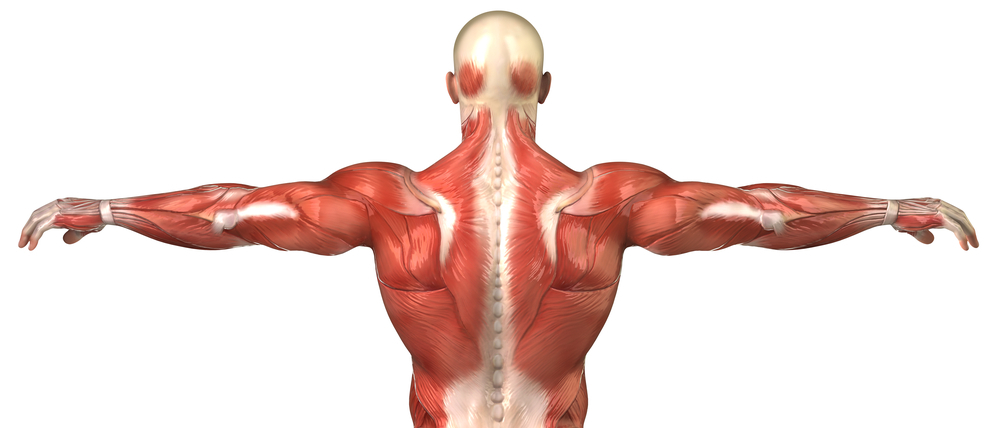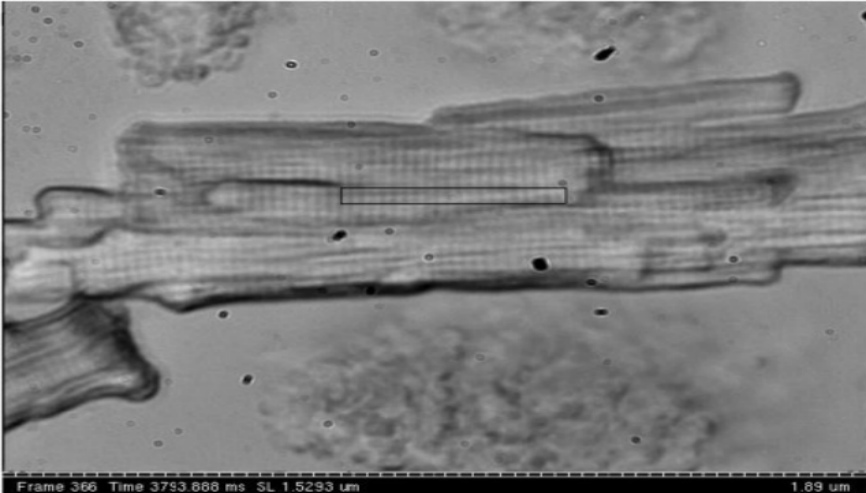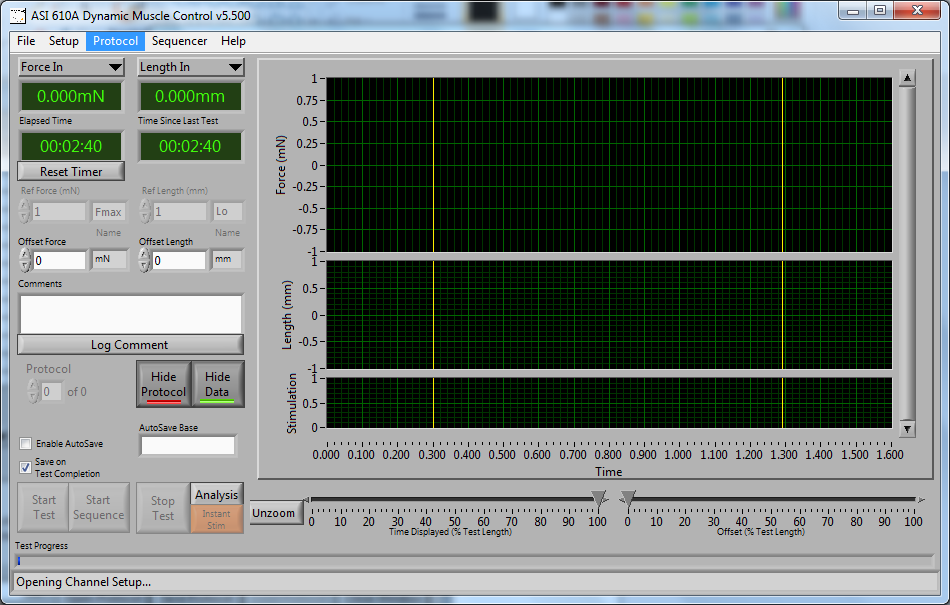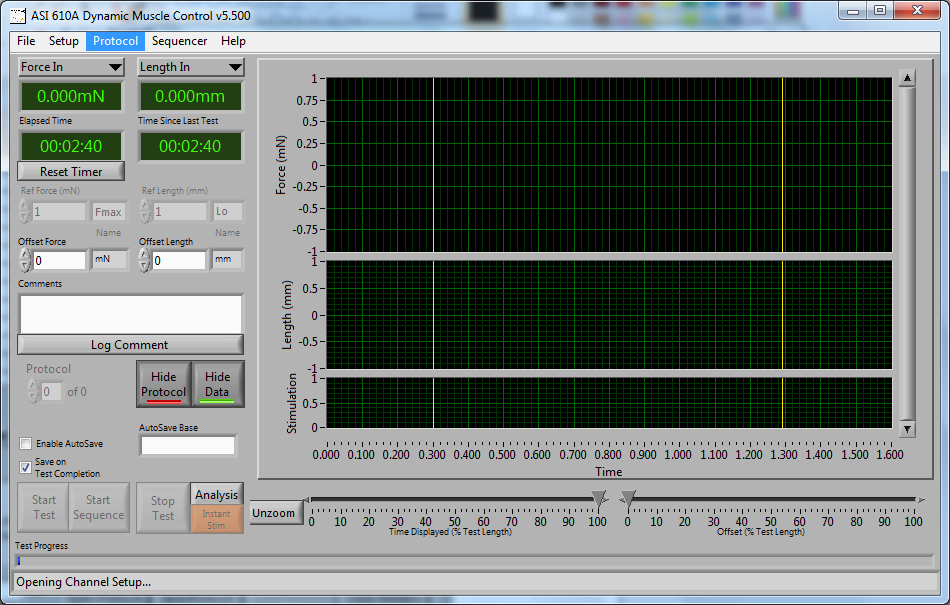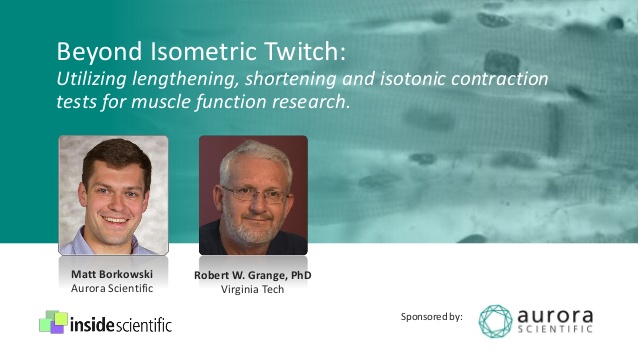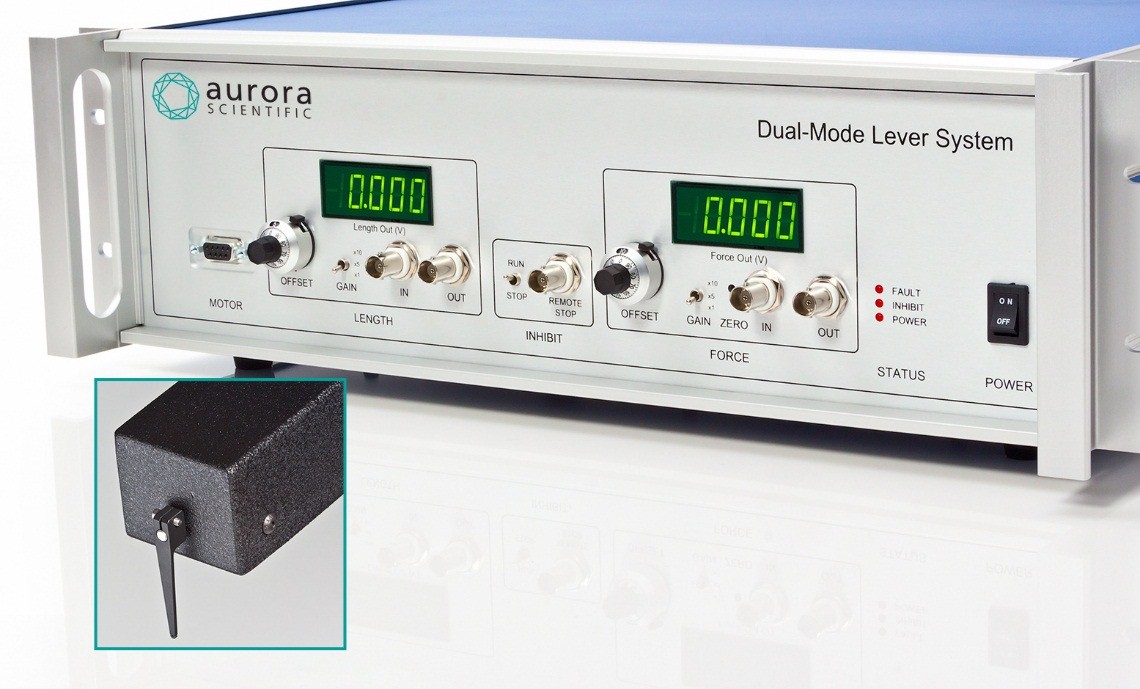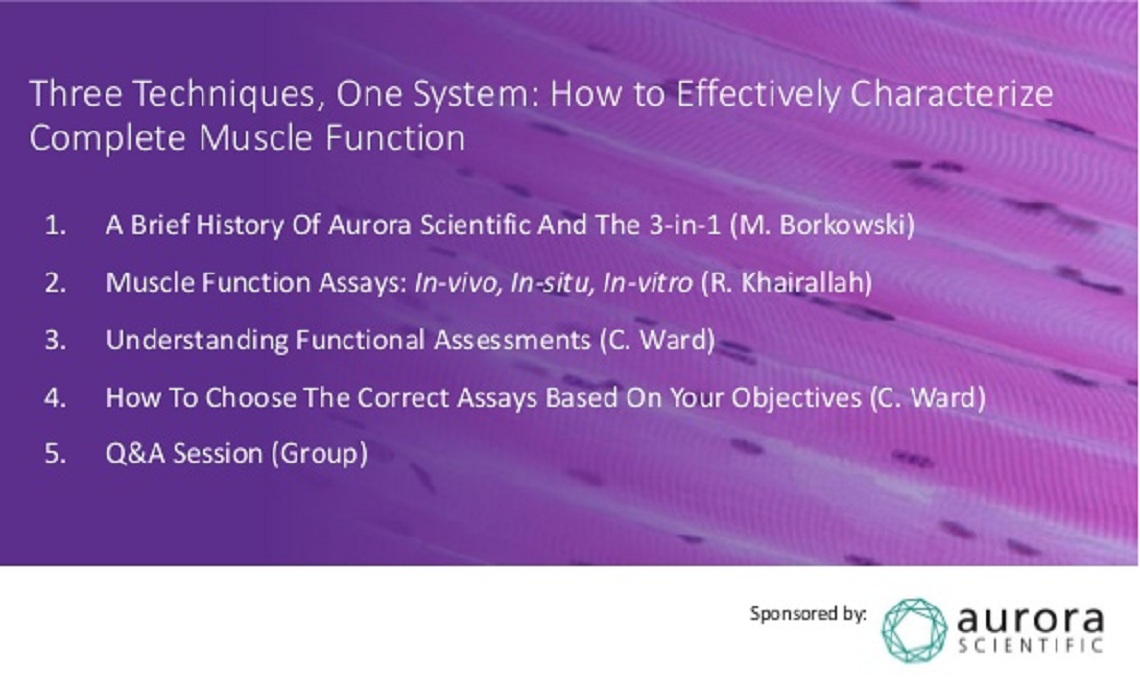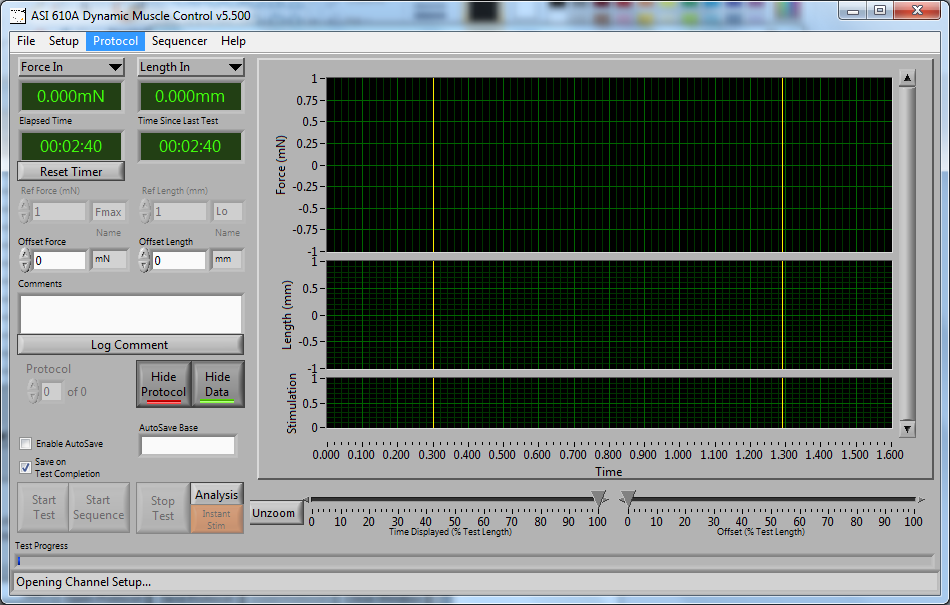A Look at Bone-Muscle Crosstalk From in-vivo and in-vitro Perspectives
The bone-muscle interface can be thought of as a lever system: the joint acts as the fulcrum while the
Tips and Tricks for Measuring Muscle Function in-vitro
Aurora Scientific’s 1200A/1205A Isolated Muscle systems have been relied upon by researchers worldwide for nearly 20 years. Though the systems
Tips and Tricks for Measuring Muscle Function in-vivo
Aurora Scientific’s 1300A/1305A Whole Animal Systems have been instrumental in providing the research community with a tool to characterize
Varied Approaches to Study Ischemia/Reperfusion in Rodent Models
When the supply of oxygen to tissue is restricted or stopped, ischemia/reperfusion (IR) injury can cause extensive damage to
Why Sarcomere Length Matters For Contractile Measurements
The architecture of striated muscle consists of a number of components that work in conjunction to generate a contraction.
How to Plan and Execute Contractile Measurements in Permeabilized Muscle Fibers
WEBINAR: Matt Borkowski & Dr Tim West discuss how to plan and expertly execute contractile measurements in permeabilized muscle ...
Commonly Used Samples and Experiments using Small Intact Isolated Muscle Systems
Aurora Scientific offers several different test systems to evaluate the various structural levels of muscle. However, there are many
Commonly Used Samples and Experiments using Permeabilized Fiber Systems
Aurora Scientific offers several different test systems to evaluate the various structural levels of muscle. However, there are many
Constant Current vs Constant Voltage Stimulation
For any new or novice user of an Aurora Scientific system, one of the major questions that will always
Organize and Streamline Data Collection with DMC LabBook
In this four-part Tech Cast Series, Matt Borkowski takes the viewer though the key new features and upgrades to the new 615A - DMC LabBook Software. Watch the series from start to finish, or choose ...
Commonly Used Samples and Experiments using Isolated Muscle Systems for Mice and Rats
Aurora Scientific offers several different test systems to evaluate the various structural levels of muscle. However, there are many
Commonly Used Samples and Experiments using Whole Animal Systems
Aurora Scientific offers several different test systems to evaluate the various structural levels of muscle. However, there are many
Commonly Used Samples and Experiments for Aurora Scientific Systems
Aurora Scientific offers several different test systems to evaluate the various structural levels of muscle. However, there are many examples
Sometimes two is better than one…
Muscle levers and force transducers have long been critical research tools for measuring the mechanical and functional properties of
The Ins and Outs of Muscle Contractions
Imagine you are sitting on a sofa, feeling comfortable and you’re getting thirsty. Then you notice there is a
How to export video from HVSL/VSL
If you’ve recorded any videos of your muscle samples in HVSL/VSL and would like to use them in a presentation,
Experimental Methods for In-Vivo (Footplate) Procedures
This blog is intended to give a brief and general overview of how to adequately perform in-vivo footplate experiments
How to Calibrate Your Dual-Mode Lever System Using DMC
This blog is intended to navigate you through the process of calibrating your 300C Dual-Mode Muscle Lever Series using Dynamic
How to Write Basic Protocols in DMC – Isotonic
Are you wondering how to accurately model human exercise? In this third and final installment of our series of
How to Write Basic Protocols in DMC – Concentric and Eccentric
Are you looking to go beyond isometric with your animal model? We can help! In this second installment of
Beyond a Force Transducer: 300C Capabilities
Are you familiar with our 300C Dual-Mode Muscle Lever series, the center piece of our 1200A/1205A Isolated Muscle Systems and 1300A/1305A
Measuring in-vivo, in-situ and in-vitro muscle function
This blog summarizes the discussion in our first webinar entitled "Three Techniques, One System: How to Effectively Characterize Complete
How to Write Basic Protocols in DMC – Isometric
Looking to characterize muscle function, but need a hand creating appropriate protocols? Let us help! In a series of blogs we will outline



